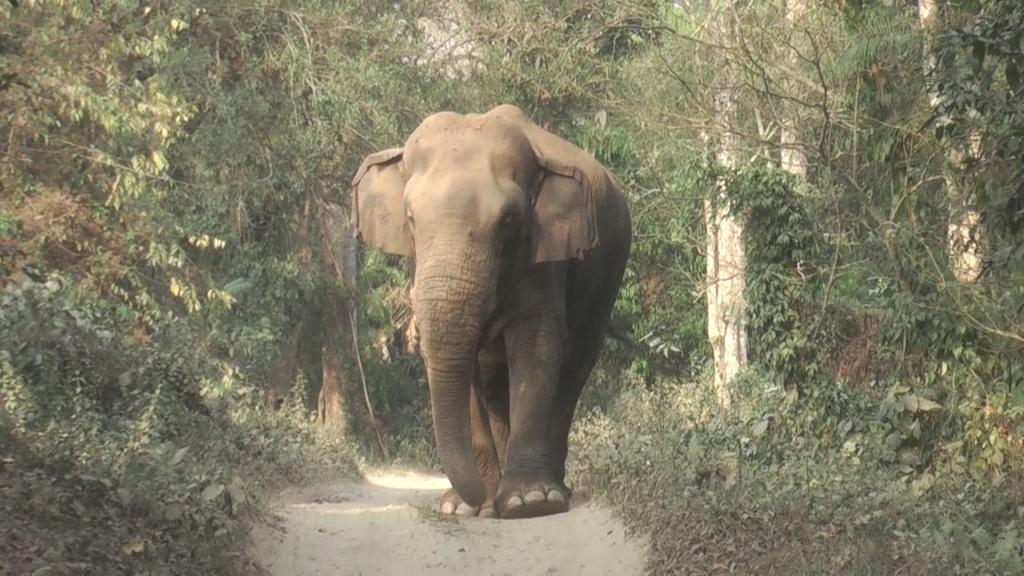National Elephant Conservation Authority becomes nightmare for heritage pachyderm!

Bhubaneswar, Aug 12: Elephant is now a heritage animal. Ministry of Forest and Environment, Government of India has declared it from October 2016. Declaring the gigantic pachyderm a heritage, the nation had aimed to conserve it from the neck of environmental and manmade threats by forming a ‘National Elephant Conservation Authority’ (NECA). However, the proposal of formation of the NECA is yet a night dream after more than half of a decade passed to the declaration. The Elephant Task Force (ETF) that was constituted in 2010, advocated for a statutory body in line with the National Tiger Conservation Authority, named the National Elephant Conservation Authority (NECA). It was to be governed through a 15-member council at the Centre as well as in the states. Conservationists stressed landscape-level collaborative management of the elephant population and planned to curb the escalating human-elephant conflicts. The report tried to institutionalize the approach by creating multi-level landscapes, starting from critical elephant habitats like protected forests or sanctuaries to elephant reserves (mixed landscape) and elephant landscapes (contiguous elephant population). To manage elephant reserves, ETF recommended setting up an operational reserve-level management committee with representatives from the state forest department, railways, power grids, power plants, district and block administration, local people’s elected representatives, researchers, and environmentalists. Accordingly, Elephant reserve Directors should develop a blueprint and implement five-year management plans with measurable key performance indicators. Thus, the NECA was to develop a 50-year perspective plan for each elephant landscape. The evaluation of the reserves was to be done by third parties after five years. In fact, such a progressive, co-ordinate decision-making system could have brought all elephant-bearing states on a common platform with co-ordinate efforts for elephant conservation. Such multi-level governance, however, remains a distant dream, apart from synchronized elephant population monitoring so far. Years passed since this proposal was laid in the Forest and Environment Ministry whereas the recommendations of the ‘Project Elephant’ and the Elephant Taskforce remained unimplemented so far. On the other hand, man-animal conflicts become an everyday affair almost everywhere in the forest-adjacent villages. The input recoded from the Union Ministry of Environment, Forest and Climate Change reveals, as many as 4,642 humans and 1,025 elephants died in the past 10 years. At the same time, the heritage animal is marching towards an ecological challenge for its survival.
Latest News

Bird flu outbreak in Odisha's Puri district, M...

Odisha govt. set to implement amended Elementa...

President Droupadi Murmu to begin two-day visi...

Used car sales in India set to surpass 6 milli...

"Odisha Govt must wake up": Congress MLA Sofia...

FM College girl student’s self-immolation bid:...

Congress slams Odisha govt over FM College stu...
Copyright © 2024 - Summa Real Media Private Limited. All Rights Reserved.











































